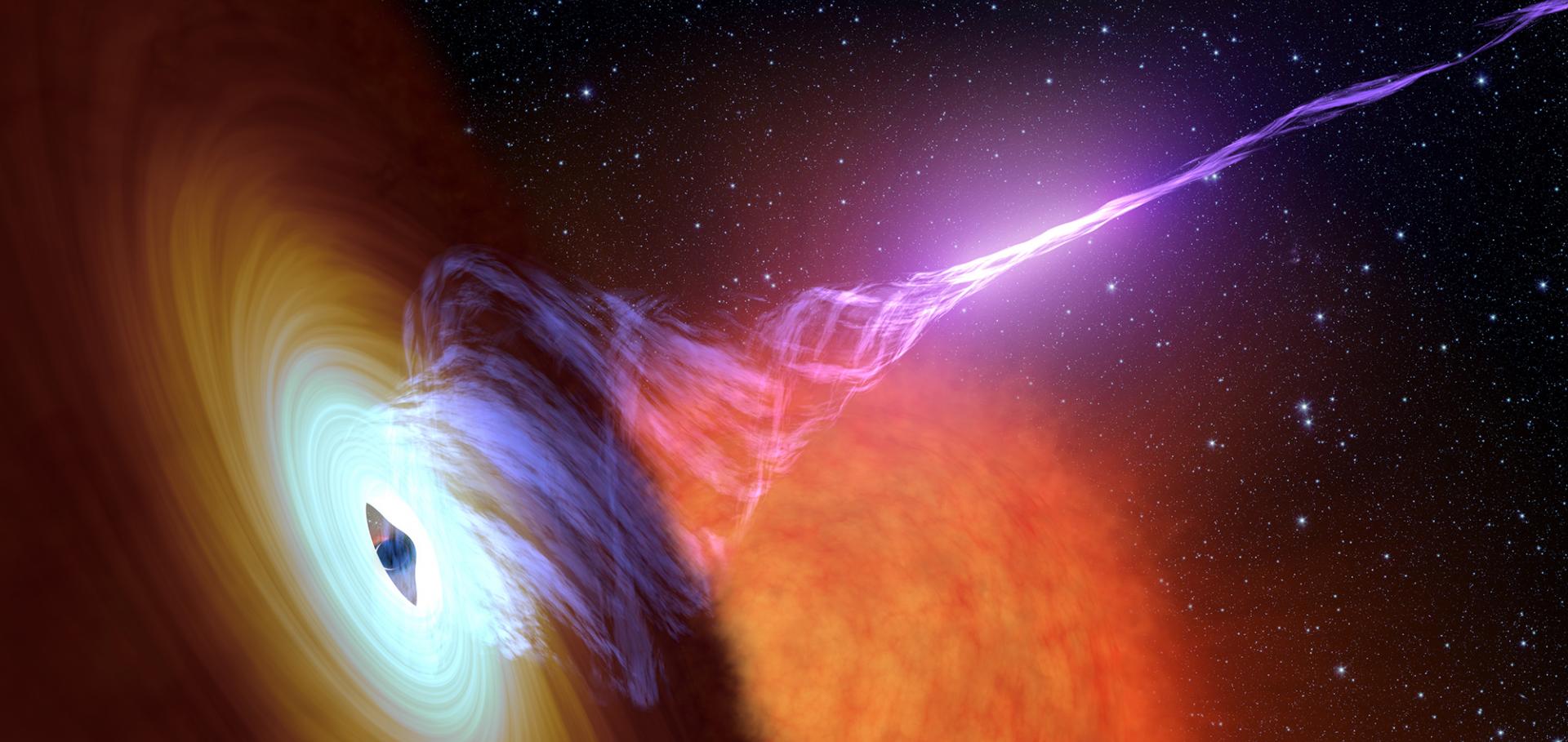The Co-ordinated Radio and Infrared Survey for High Mass Star Formation (The CORNISH Survey) - I. Survey Design
(2012)
Revisiting a fundamental test of the disc instability model for X-ray binaries
Monthly Notices of the Royal Astronomical Society 424:3 (2012) 1991-2001
Abstract:
We revisit a core prediction of the disc instability model (DIM) applied to X-ray binaries. The model predicts the existence of a critical mass-transfer rate, which depends on disc size, separating transient and persistent systems. We therefore selected a sample of 52 persistent and transient neutron star and black hole X-ray binaries and verified if the observed persistent (transient) systems do lie in the appropriate stable (unstable) region of parameter space predicted by the model. We find that, despite the significant uncertainties inherent to these kinds of studies, the data are in very good agreement with the theoretical expectations. We then discuss some individual cases that do not clearly fit into this main conclusion. Finally, we introduce the transientness parameter as a measure of the activity of a source and show a clear trend of the average outburst recurrence time to decrease with transientness in agreement with the DIM predictions. We therefore conclude that, despite difficulties in reproducing the complex details of the light curves, the DIM succeeds in explaining the global behaviour of X-ray binaries averaged over a long enough period of time. © 2012 The Authors. Monthly Notices of the Royal Astronomical Society © 2012 RAS.Stellar-mass black holes and ultraluminous x-ray sources.
Science 337:6094 (2012) 540-544


